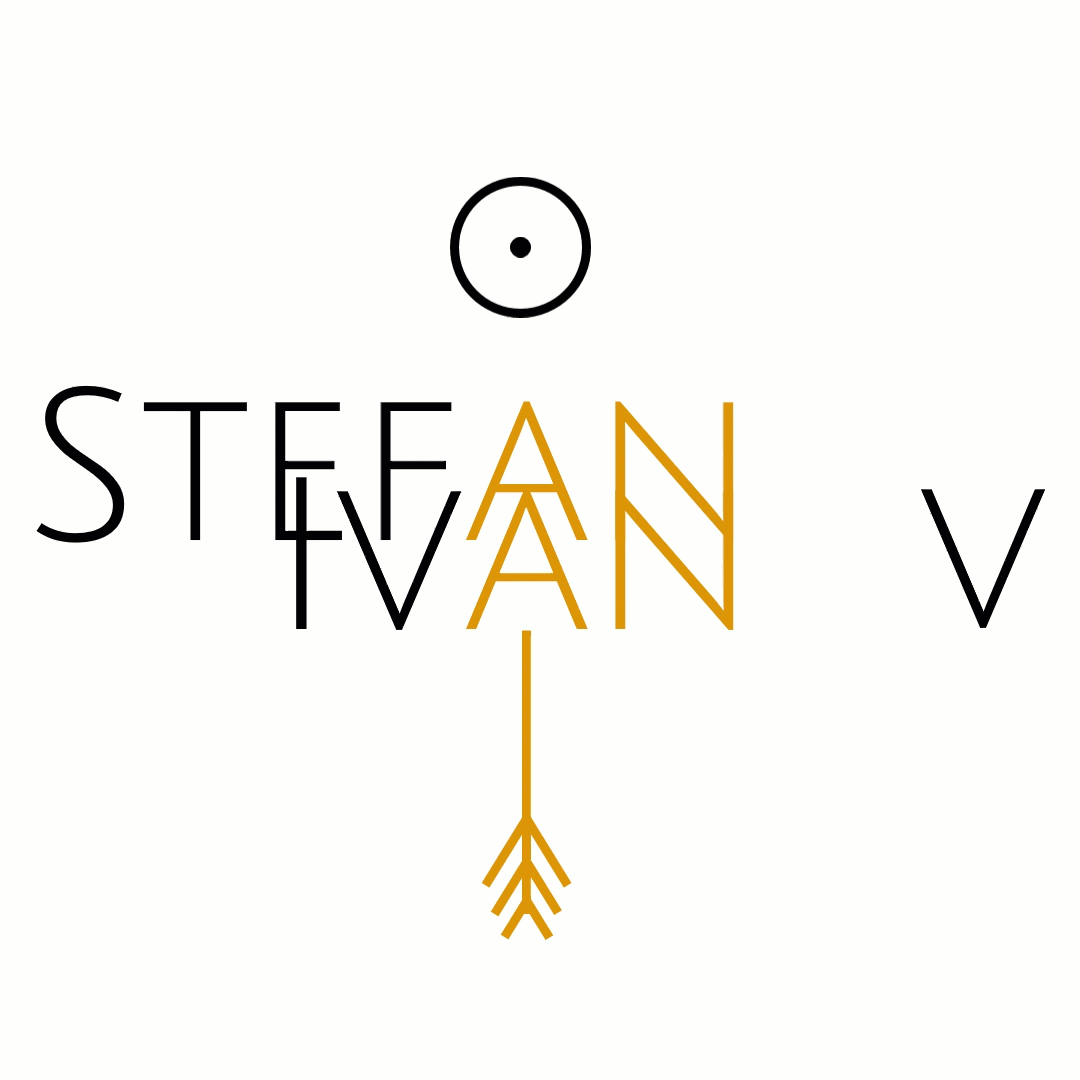AMBUSHED BY FALSE AFFORDANCES
- Stefan Ivanov
- 15.12.2014 г.
- време за четене: 3 мин.
Affordances are what we directly perceive as a possibility for action. False affordances are very similar but differ in that these actions are actually undesired or impossible… we are tricked into something that should not be done in first place. These two concepts (affordances and false affordances) have long been established in the area of Human-Computer Interaction and I don’t want to go into the debate of their accuracy but rather share a prominent recent experience of mine. Before that, let me share some general thoughts on the topic. First of all, false affordances trick us into doing something that we are actually not expected to do. Many say that they are an example of lousy and evil design. In the literature, they are often labeled as “user experience dark patterns”, exploited by marketers to benefit their campaigns.

Using affordances to signify whether a door is to be pushed or pulled. Image attributed to: http://www.doctordisruption.com/wp-content/uploads/2013/09/Sensory_Feedback_in_Brain_Computer_Interfaces1.jpg
False Affordance Abundance I can bet that each person reading this blog has laughed his head off at least once at images on the web showcasing the concept of false affordance. There are numerous photos of stairs that end at a nicely done wall, second floor doors on buildings that have neither a balcony nor a staircase, wheelchair ramps that end in a nicely mowed grass meadow and many others. All these objects (staircases, doors and ramps) are very familiar to us and we are tempted to use them relying on our experience of how they should “work”, but if we do so - bummer - the false affordance tricks us into a nasty situation and we feel deceived and helpless. Even if we decide not to take the “stairs to nowhere” because we were careful enough to spot the flaw early, we still find ourselves in the sea of confusion. What were the builders thinking? Why would anyone build such a nonsense? They make us think but good design should not require us to do so. Good design results in users who know exactly what to do and how to do it. It broadcasts the outcome of our actions with absolute certainty. My Bank Ambushed Me Well, not the entire bank…just the ATM. Yes, an ATM just like those that I use a few times every month and have been doing so for the past 10+ years. Specifically, the ATM in the image below:

The problem was not actually the ATM or its interface but rather, how to physically get to it in the first place. If you are walking toward the machine you might say: “Well there it is, to the left, just go there and withdraw some cash“. But once you get closer you see it is a dummy. The glassy façade of the bank is covered with foil and part of it is an image of a life-sized ATM. I was tricked by this so many times that I am embarrassed to admit the exact number. Each time, I went a few hundred meters down the street to another bank to use its ATM instead. Eventually I began ignoring this tricky ATM and went to the other one right away. Until one recent, rainy Friday night. I had to withdraw some money and a friend pulled by this very ATM. I didn’t want to go and asked her do drop me off by the other one… it was only a hundred meters down the street, but it was raining. She, of course, refused, thinking that I was some kind of a cry-baby. I thought I’d pretend to go to the (tricky) one, we were parked in front of, until she drove away and then walk to the other one. I’d rather walk a hundred meters in the rain than be laughed at. While walking towards the fake ATM I had a thought: Let’s give it a try. There must be something there because it doesn’t make any sense to just have a picture of an ATM. As I walked toward it my attention was drawn to the black card slider by the door handle. That door looked so miserable compared to the glassy automatic one on the branch door that I always thought it was for bank personnel. But this black card slider looked familiar, just like those on “normal” banks where the ATM is inside a small room. Then I looked back at the dummy ATM and read the labels saying: “Please enter our self-service saloon” and “It is open” with an arrow pointing towards the door. I slid my card once and nothing… I was so excited that I slid it probably too fast. I slid it slower the second time and… green light, I opened the door and there was the ATM in the corner of the tiny room. I felt like Columbus seeing the coast of America.










Коментари